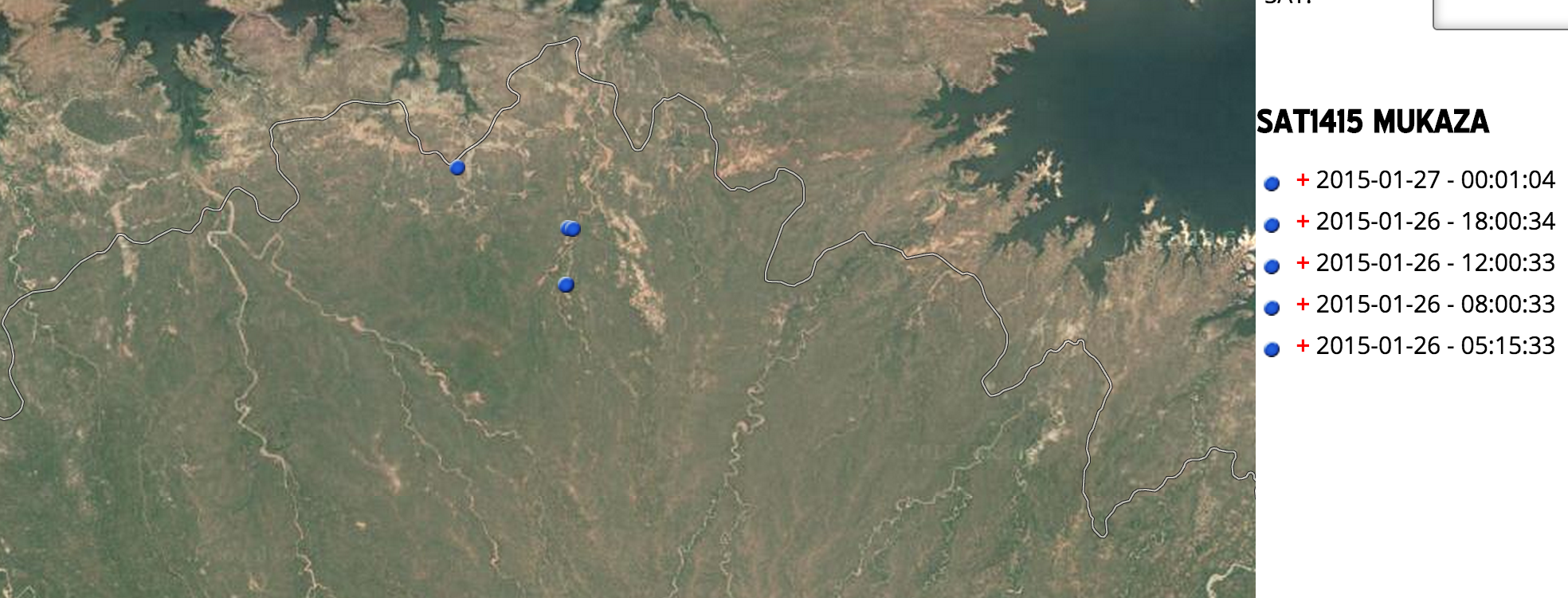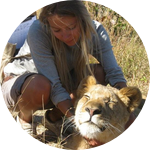About This Project
The world's most iconic species is under threat. Wildlife areas with African lions are becoming fragmented and isolated under increasing human pressure across Africa, and the conservation of those few remaining lion populations is crucial to the survival of the species.
The Matusadona Lion Project is aiming to determine the current population status and trend of the Matusadona lion population in Zimbabwe. Ongoing research is identifying the extent of pressures that may be hindering this important and fragile population's long term viability in a bid to ensure and improve its conservation.
One such pressure is trophy hunting and one study animal has already been shot since the onset of the study. His son and another pride male are now at risk during the upcoming hunting season beginning in March. I am hoping to collar these 2 males ASAP with satellite GPS collars to try and prevent their loss and to better understand their movements within and beyond the park.
Ask the Scientists
Join The DiscussionWhat is the context of this research?
Matusadona National Park in Zimbabwe once held Africa's second highest density of lions in the 1990s.
Within a 450km2 area there was +100 lions feeding on a bounty of buffalo. Sadly the buffalo began to disappear after losing vital grazing areas to a rise in the level of Lake Kariba upon which the park is set on. This in turn saw the lions begin to decline.
By 2004 a studied estimated a mere 28 lions remained in the area but no research was available on their viability and/or any other threats the population may be facing.
The population is still remaining at a low density and is therefore susceptible to a variety of environmental and human induced pressures.
In 2014 the Matusadona Lion Project was implemented to fill in the gaps of knowledge surrounding this important population.
What is the significance of this project?
This is the first study to gather any data on the population and prey availability in over a decade. No information is available regarding factors that may be threatening the species nor how these may be mitigated to help ensure their survival.
The African lion is under serious threat across the continent. It has lost a staggering 75% of its natural savannah habitat and populations have been decimated by 80-90% since the 1970s.
It is therefore imperative research is undertaken to help identify, understand and mitigate pressures on the few populations remaining to help improve conservation efforts.
What are the goals of the project?
The projects aims to do the following:
i) determine a precise population figure
ii) understand the ecology of resident prides
iii) identify and investigate threats placed on the population
In regards to trophy hunting, to date 6 lions have been collared for study. However, shortly after collaring our first male lion he was shot by trophy hunters in a neighbouring hunting concession.
There are currently 2 males now also at risk of being hunted in the next hunting season (Mar - Nov) and the project is desperately hoping to collar these animals ASAP with satellite GPS collars. These collars allow for the animal to be tracked regularly with a coordinate so that a researcher may see if they enter a hunting area and fore warn any hunters to avoid choosing this animal for a trophy.
Budget
To provide better insight into the ecology and behaviour of lions within the area daily monitoring is required. Tracking by vehicle or foot can be extremely difficult due to the very inhospitable environment Matusadona is famed for.
Satellite collars allow for an animal's exact location to be downloaded up to 16 times a day. This helps provide data on territory size, habitat use, activity levels, seasonal changes and more.
In regards to male lions these collars will help to track the movements of a lion outside of the National Park and into neighbouring hunting areas. If we are able to see these movements and advise hunting operators not to shoot these specific animals we can help preserve the population directly and prevent further losses which often result after the death of pride males.
The collars are being provided by African Wildlife Tracking and will be shipped from South Africa to Zimbabwe. Unfortunately shipping and customs are expensive but this is included in the budget amount.
Meet the Team
Team Bio
Straight after college I graduated from the University of Salford with a BSc in Wildlife Conservation with Zoo Biology and from Manchester Metropolitan University with a MSc in Animal behaviour. During these studies I undertook lengthy lion behavioural studies and spent many months in the field where my passion lies.
After graduating in 2010 I moved to Zimbabwe after being offered a position as Research Technician for the African Lion & Environmental Research Trust.
I moved on to become their research manager and was positioned in Zambia for 18 months before deciding to pursue fieldwork further and my PhD. This brought me to Matusadona where I hope to undertake my doctoral study after enrolment later in 2015 and to expand the project further.
Lion conservation has been a life long passion fuelled by the beauty of the African bush. I'm very fortunate to call Matusadona my home and hope my research will help see its preservation and conservation.
Rae Kokeš
I am the Principal Researcher for the Matusadona Lion Project of ALERT. I have been resident in Matusadona NP for 3 years now undertaking a lion population ecology study.
I have been working with Silvester in the park for around 2 years and admire his work ethic and enthusiasm for wildlife.
Despite being met with limited resources alongside those of ZPWMA Silvester has achieved a phenomenal amount with his work and has become a huge asset to the team in this protected area.
Press and Media
The project is supported and funded by the African Lion & Environmental Research Trust, featured in series such as "Lion Country" and "Roaring with Pride"

The project has also assisted with the upcoming National Geographic feature "Lions of the Lakeshore" due for release in summer 2015
Additional Information

 In the field, alongside lion 'M109' - 'Madoda'. Madoda is one of the two lions I am looking to collar. He roams large areas often alone and there is a risk he will roam into a hunting concession.
In the field, alongside lion 'M109' - 'Madoda'. Madoda is one of the two lions I am looking to collar. He roams large areas often alone and there is a risk he will roam into a hunting concession.

The first male lion collared 'Shepherd' (right), with his son 'Madiba' (left). A few weeks after this photo was taken Shepherd was shot by trophy hunters. His VHF collar did not allow for long distance tracking.

'Madiba' is now in the midsts of being driven away from his natal pride by 3 new pride males after the death of his father. He may roam into neigbouring hunting areas and despite being so young (c. 3.5 years) he may be shot before he can become a pride male himself. I am hoping to collar him ASAP to try prevent this from happening and to gather vital data on his movements.
 The precious progeny of the pride males
The precious progeny of the pride males
 Daily downloaded coordinates for study animal M110, 'Muakdza', from fitted satellite GPS collar
Daily downloaded coordinates for study animal M110, 'Muakdza', from fitted satellite GPS collar
Project Backers
- 46Backers
- 113%Funded
- $4,300Total Donations
- $93.48Average Donation
